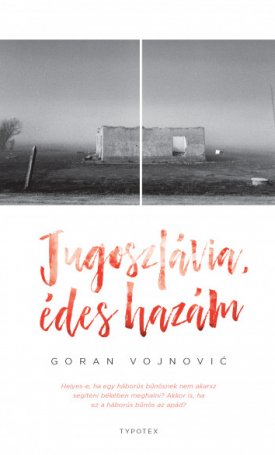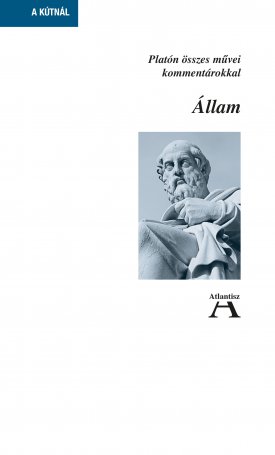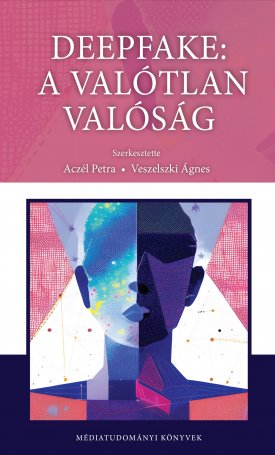Manual of Museum Planning - Sustainable Space, Facilities, and Operations
-10%
19 980 Ft
17 982 Ft
Előrendelés(Bejelentkezés szükséges)
A kedvezményes árak kizárólag a webshopunkon keresztül leadott megrendelésekre érvényesek!
Manual of Museum Planning - Sustainable Space, Facilities, and Operations
Rewritten and reorganized, the third edition features revised sections on planning for visitors, collections, and the building itself, and new sections on operations and implementation, which have become an essential part of the planning process. This new edition of the Manual of Museum Planning has been updated to meet the needs of professional museum practice in the 21st century and includes contributions by leading museum professionals.
This manual is intended to be used as a guide for museum professionals, board members or trustees, government agencies, architects, designers, engineers, cost consultants, or other specialist consultants embarking on a capital project—expansion, renovation, or new construction of museum space.
Contents:
Acknowledgments
List of Contributors
Preface
1 Introduction
1.1 What to Look for in This New Edition
Gail and Barry Lord and Lindsay Martin
1.2 Using This Manual
1.3 Dimensions of Sustainability
Lindsay Martin
2 Museum Planning
2.1 The Need for Museum Planning
Gail and Barry Lord
2.2 Preplanning
Gail and Barry Lord
2.3 The Facility Planning Process
Lindsay Martin
2.4 The Planning Team
Barry Lord and Lindsay Martin
PART I PLANNING FOR PEOPLE
3 Museums as Social Institutions
3.1 Institutional Evolution
Gail Dexter Lord
3.2 Foundation Statements
Gail Dexter Lord
3.3 Museums in Service to Society
Gail Dexter Lord
3.4 Planning Goals, Principles, and Assumptions
Lindsay Martin
4 Planning the Visitor Experience
4.1 Planning for Community Needs
Joy Bailey
4.2 Market Analysis
Ted Silberberg
4.3 Exhibitions, Interpretation, and Public Programs
Maria Piacente and Barry Lord
4.4 Planning Space for Learning
Heather Maximea
4.5 Integrating Social Spaces
Amy Kaufman and Chris Lorway
4.6 Planning Amenities for Visitors
Lindsay Martin
4.7 Planning for Universal Design and Diversity
Craig Thompson and Phillip Thompson
PART II PLANNING FOR COLLECTIONS
5 Understanding Collections
5.1 Collection Basics
5.2 The Policy Framework
5.3 The Planning Process for Collections
6 Planning for Display
6.1 Modes of Display
Barry Lord
6.2 Long-Term Permanent Collection Display
Barry Lord
6.3 Temporary Exhibition Galleries
Barry Lord
6.4 Planning for Exhibition and Collections Support Space
Heather Maximea
7 Planning for Collections Care
7.1 The Life of Collections and the Cost of Keeping Them
Barry Lord
7.2 Planning for Collections Storage
Heather Maximea
7.3 Digitization of Collection Records
Steven A. LeBlanc
7.4 Planning a Conservation Laboratory
Samuel M. Anderson
7.5 Planning for Research
Barry Lord
8 Preventive Conservation
Steven Weintraub with Lindsay Martin and James Cocks
8.1 Preventive Conservation and the Museum Planning Process
8.2 Categorizing Risk
8.3 Strategies for Mitigation of Catastrophic and Severe Events
8.4 Impact of Environmental Conditions on the Preservation of Collections
8.5 The First Line of Defense: The Passively Buffered Environment
8.6 The Second Line of Defense: The Actively Controlled Environment
8.7 Environmental Monitoring Systems
8.8 Implications for Building Design and Construction
PART III PLANNING FOR OPERATIONS
9 The Museum in Action
Amy Kaufman
9.1 Twenty-Four Hours in the Life of a Museum
9.2 Organizing the Action
9.3 Management of Operations
9.4 Everyday Challenges
10 Safety and Security
Ronald M. Ronacher Jr.
10.1 Risk Management
10.2 General Security Strategy
10.3 Protecting People
10.4 Protecting Collections
10.5 Protecting Buildings
10.6 Continuous Evaluation and Improvement
10.7 Security Advice
11 Service and Support
Vincent D. Magorrian and Lindsay Martin
11.1 Facility Management
11.2 Support Spaces for Exhibitions, Programs, and Events
11.3 Deliveries, Supplies, and Garbage Removals
12 Planning for Staff
12.1 Staff Growth and Change
Amy Kaufman
12.2 Developing Staffing Plans
Amy Kaufman
12.3 Staff Spaces
Lindsay Martin
13 Attendance, Operating Revenue, and Expense Projections
Ted Silberberg
13.1 Operating Assumptions
13.2 Attendance Projections
13.3 Revenue Projections
13.4 Expense Projections
13.5 The Bottom Line: A Realistic Approach
PART IV PLANNING FOR THE BUILDING
14 Essential Planning Documents
14.1 Museum Building Zones and Functional Areas
14.2 From Net to Gross Area
Lindsay Martin
14.3 Facility Strategies and Functional Programs
Lindsay Martin
14.4 Using the Essential Planning Documents
Lindsay Martin
15 Environmental Sustainability
Sarah Brophy and Elizabeth Wylie
15.1 The Cost of “Green”
15.2 Mission Alignment
15.3 A Quadruple Bottom Line
15.4 Providing Leadership in Sustainability
15.5 Taking the Long View of the Planning Process
15.6 Sustainability Policy and Action Plan
15.7 Sustainability Standards and Metrics
16 Establishing a Project Budget and Schedule
16.1 Right Sizing
Catharine Tanner and Barry Lord
16.2 Capital Cost Estimates
Breck Perkins and Victoria Cabanos
16.3 Fund-Raising and Feasibility
Melody Kanschat
16.4 Priorities and Phasing
Barry Lord
16.5 Schedules
Tom Seiler
PART V IMPLEMENTATION
17 Project Management
Tom Seiler
17.1 Definition of Project Management
17.2 The Project Manager (PM)
17.3 The Role of the Project Manager
17.4 Duties of the Project Manager
17.5 Project Manager Engagement
18 Site Selection
18.1 The Site Selection Process
Tom Silberberg
18.2 New Build versus Adaptive Reuse
Peter Wilson
19 Design and Construction
19.1 The Design and Construction Team
Tom Seiler
19.2 Stages of Design and Construction
Tom Seiler
19.3 The Architect Selection Process
Catharine Tanner
19.4 Selection of an Exhibition Development Process and Designer
Joy Bailey
19.5 Contracting Options for Building Construction
Tom Seiler
20 Managing Costs and Cash Flow
20.1 Role of the Cost Consultant
Breck Perkins and Victoria Cabanos
20.2 Cost Factors Specific to Museums
Breck Perkins and Victoria Cabanos
20.3 Life-Cycle Costing
Breck Perkins and Victoria Cabanos
20.4 Value Engineering
Lindsay Martin
20.5 Cash Flow
Ashley Mohr
20.6 Financing Options
Ashley Mohr
21 Ramping Up to Opening Day
Amy Kaufman
21.1 Critical Milestones
21.2 Operations During Construction
21.3 Opening Day—and the Day After
Conclusion
Gail and Barry Lord and Lindsay Martin
Notes
For Further Reading
Brenda Taylor
Glossary
Brenda Taylor
Index
Authors:
Barry Lord and Gail Dexter Lord are the founders and presidents of Lord Cultural Resources, an international cultural planning firm. Lindsay Martin is a senior consultant at Lord Cultural Resources.
















